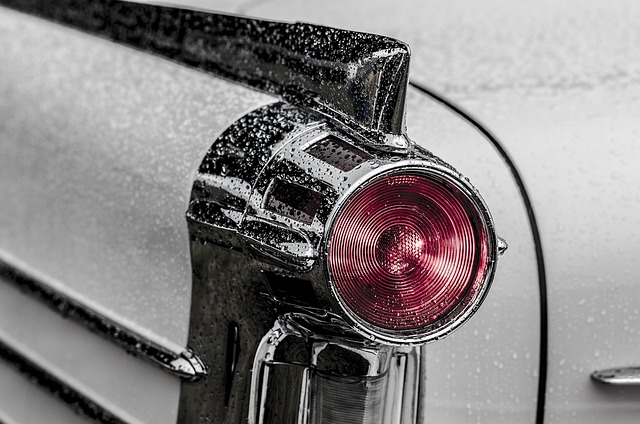Choosing between enclosed and open car transport depends on vehicle value and condition. Enclosed carriers offer a secure, weatherproof environment ideal for classic or delicate cars, protecting them from damage and theft. Open transport is more cost-effective but exposes vehicles to weather and debris, suitable for standard cars not at high risk. Prioritizing cost-effectiveness saves money, with open shipping affordable for non-valuable vehicles. Booking in advance, optimizing routes, and using online platforms further reduce costs, ensuring the best deals for your specific needs.
In the realm of car transport, understanding the nuances between enclosed and open shipping options is key to saving costs. This article explores these differences in depth, shedding light on the benefits of enclosed car transport for protection and value retention. We also delve into cost-saving strategies for open transport, enabling you to make informed choices. By comparing these methods, you can navigate the market effectively, ensuring optimal pricing without compromising your vehicle’s integrity.
- Understanding the Differences: Enclosed vs. Open Car Transport
- Cost-Saving Benefits of Enclosed Car Transport
- Strategies to Reduce Costs for Open Car Shipping Options
Understanding the Differences: Enclosed vs. Open Car Transport

When considering car transport, it’s crucial to understand the distinctions between enclosed and open options. Enclosed carriers provide a secure, weatherproof environment for your vehicle, safeguarding it from direct exposure to elements like rain, snow, or excessive sun. This is particularly beneficial for classic cars, luxury vehicles, or those with delicate finishes that require extra care during transit.
Open transport, in contrast, exposes the car to the elements, making it a more cost-effective choice. However, this lack of protection can lead to potential damage from debris, weather conditions, or other road users. For standard, everyday vehicles in good condition, open transport may be suitable and save on costs. Yet, for specialized or high-value cars, enclosed carriers offer the security and peace of mind that come with added protection during transit.
Cost-Saving Benefits of Enclosed Car Transport

Enclosed car transport offers a range of cost-saving benefits compared to open transport methods. One of the primary advantages is protection from weather conditions and environmental factors, which can be significant. During unpredictable or severe weather, enclosed carriers safeguard vehicles from damage caused by storms, heavy rain, hail, snow, and strong winds—all of which can be costly to repair. This level of protection is especially crucial for valuable or antique cars, where even a single incident of weather-related damage could devalue the vehicle substantially.
Additionally, enclosed transport reduces the risk of theft and vandalism, providing an extra layer of security that open trailers lack. Well-secured vehicles are less attractive to thieves, and the confined space makes it harder for vandals to target them. This peace of mind is invaluable and can lead to substantial savings over time, as vehicle replacement or repair costs due to theft or damage can be considerable. Enclosed vs. open transport is, therefore, a strategic choice for anyone looking to save money while ensuring their car’s safety and condition during transit.
Strategies to Reduce Costs for Open Car Shipping Options

When considering car transport, one of the key decisions is whether to opt for enclosed or open shipping options. While enclosed carriers provide a more secure and protected environment for your vehicle, they tend to be more expensive. To reduce costs, it’s beneficial to explore open car shipping as an alternative. Open transport offers a cost-effective solution by exposing vehicles to the elements during transit. This option is ideal for cars that are not particularly valuable or rare, as there’s less risk of damage from weather conditions compared to enclosed carriers.
To further lower expenses, consider booking in advance, as this allows you to secure rates before they increase. Additionally, choosing a shipping route with fewer miles or avoiding peak travel seasons can significantly reduce costs. Online platforms that connect shippers and carriers also make it easier to compare prices and find the best deals for open car transport, ensuring you get the most value for your money.
When considering cost-saving strategies for car transport, understanding the differences between enclosed and open shipping methods is key. Enclosed transport offers enhanced protection and peace of mind, while open transport can provide significant savings. By evaluating your vehicle’s condition and budget, you can make an informed decision. Implementing strategies like comparing multiple quotes, booking in advance, and choosing direct routes can further reduce costs for both enclosed and open car shipping options.
